If a potted rose was pot bound
User
16 years ago
Related Stories

SPRING GARDENINGHow to Grow a Rose Garden in Pots
Everything can come up roses, even without a plot of soil in sight. This step-by-step guide to growing roses in containers shows you how
Full Story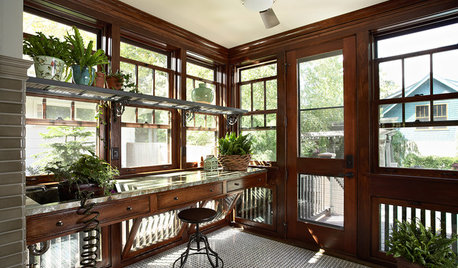
STUDIOS AND WORKSHOPSRoom of the Day: Potting and Puttering in Toasty Warmth
Minnesota winters are no match for this heated potting room, mudroom and changing room, which even has a dog shower
Full Story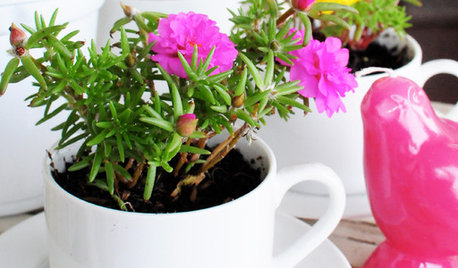
CONTAINER GARDENSDIY Project: Teacup Planter Pots
Add a riot of color to a windowsill, table or balcony by repurposing old cups and saucers as little planter pots
Full Story
DECORATING GUIDESConjure a Jungle in a Pot
Sprawling, climbing and with primitive-looking leaves, philodendrons bring untamed beauty to even the most civilized homes
Full Story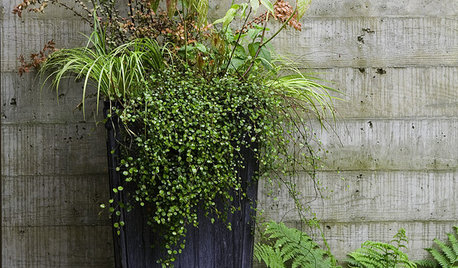
GARDENING GUIDESThe Secret Formula for Grouping Plants in a Pot
Designing a gorgeous container garden is easy once you know this simple rule of thumb for composition
Full Story
CONTAINER GARDENSHappy Houseplants, Happy People
Potted plants add life and beauty to a room. Learn easy ways to keep them healthy
Full Story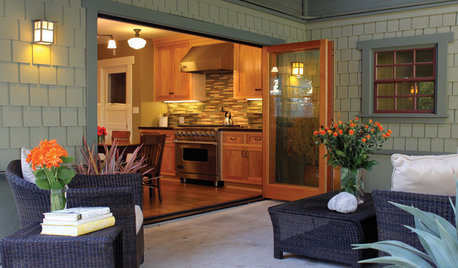
GARDENING AND LANDSCAPINGSpring Patio Fix-Ups: Earn Rave Reviews for Your Patio's Entrance
Consider innovative doors, charming gates or even just potted plants to cue a stylish entry point for your patio
Full Story
GARDENING GUIDESWhat Kind of Roses Should You Grow?
Want to add the beauty of roses to your garden? Find out which ones, from old-fashioned to modern, are right for you
Full Story
GARDENING GUIDES6 Captivating Roses for an Alluringly Fragrant Garden
Perfume your garden with aromas from richly spicy to lightly sweet, without sacrificing an inch of color
Full Story
PLANTING IDEASGreat Garden Combo: Rose + Clematis for Small-Space Impact
We all need somebody to lean on. And when a rose supports a climbing vine, the results can totally transform a small garden
Full StoryMore Discussions







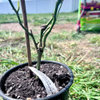

jaxondel
karl_bapst_rosenut
Related Professionals
New Mexico Landscape Architects & Landscape Designers · Prairie Ridge Landscape Architects & Landscape Designers · Saint Louis Park Landscape Architects & Landscape Designers · Allentown Landscape Contractors · Aurora Landscape Contractors · Canton Landscape Contractors · Wilmington Landscape Contractors · Bridgeview Landscape Contractors · Camp Verde Landscape Contractors · Doctor Phillips Landscape Contractors · Fridley Landscape Contractors · Hurricane Landscape Contractors · Petaluma Landscape Contractors · Vermilion Landscape Contractors · Chicago Ridge Landscape Contractorsberndoodle
Jean Marion (z6a Idaho)
reg_pnw7